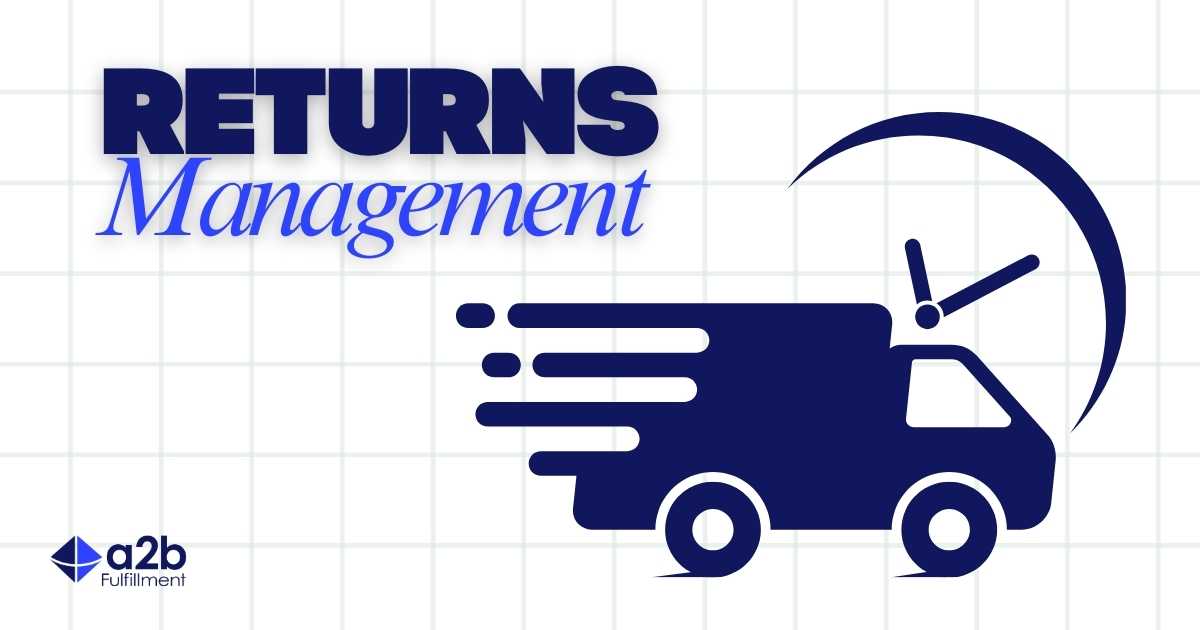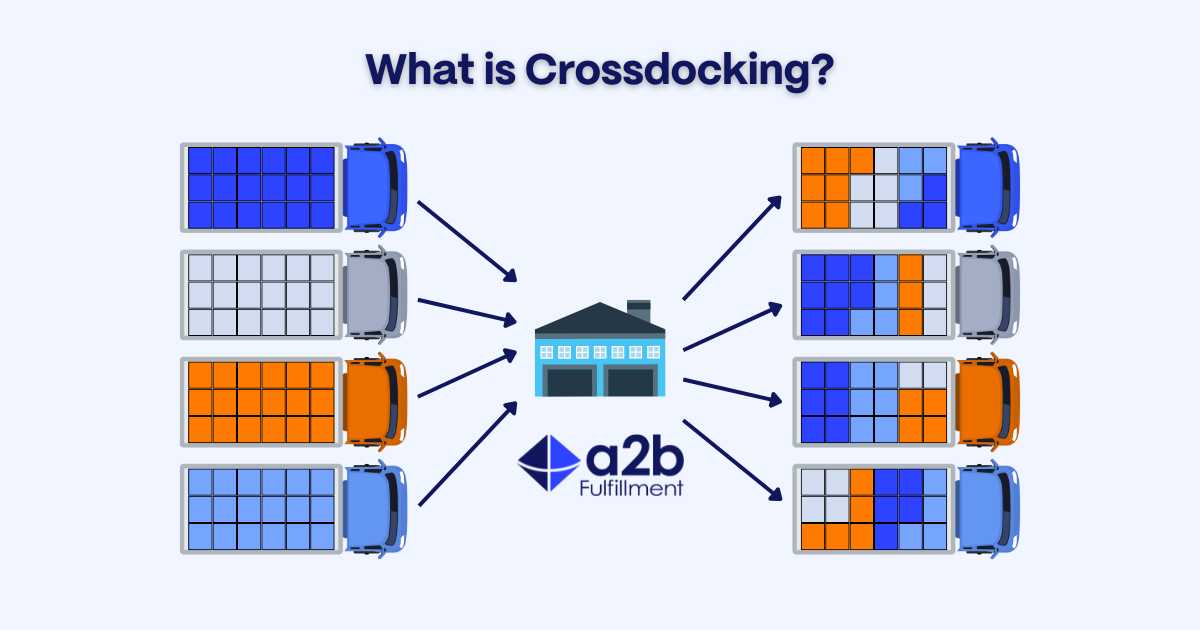Inventory Optimization in 3PL Fulfillment: The Role of Economic Order Quantity (EOQ)
In the fast-paced world of third-party logistics (3PL), effective inventory management is a cornerstone of competitive advantage and long-term profitability. Inventory optimization is important for 3PLs because it enables them to balance stock levels, reduce costs, and prevent supply chain disruptions, which is crucial for meeting client expectations and maintaining profitability. With global ecommerce sales expected to exceed $7 trillion by 2025, according to Statista, 3PL providers face mounting pressure to deliver seamless, cost-efficient fulfillment solutions. Among the many tools available, the Economic Order Quantity (EOQ) model remains a timeless strategy for optimizing inventory levels and minimizing costs. EOQ plays a critical role within the broader inventory management process, supporting demand forecasting, procurement, warehouse management, and order fulfillment to ensure optimal stock control. First introduced in 1913 by Ford W. Harris, EOQ continues to be a cornerstone of supply chain management, particularly when enhanced by modern data analytics, automation, and predictive technologies. This article delves into the principles of EOQ, its applications in the 3PL fulfillment industry, and how logistics providers can adapt this model to thrive in today’s dynamic supply chain environment, highlighting the benefits of inventory optimization for both 3PL providers and their clients.
What Is EOQ in Inventory Management? A Refresher
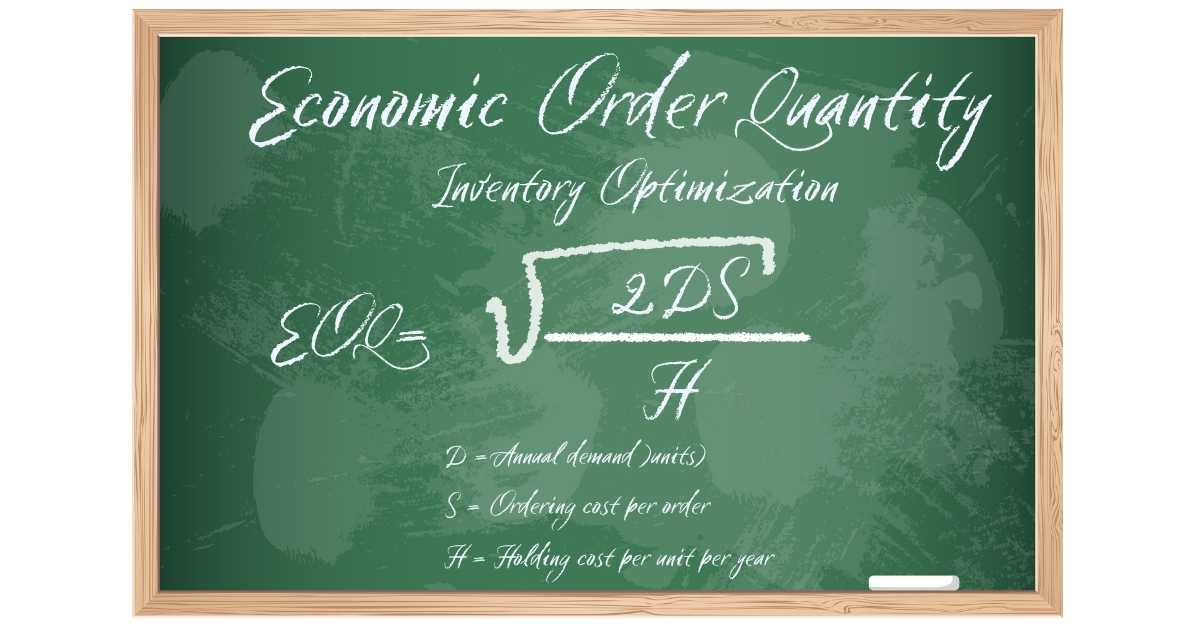
Economic Order Quantity (EOQ) is a mathematical formula designed to calculate the optimal order quantity that minimizes the total costs associated with inventory management, specifically ordering and holding costs. EOQ aims to minimize total inventory costs by determining the most cost-effective order size. By balancing these two cost components, EOQ helps businesses avoid overstocking or understocking, ensuring efficient operations and improved cash flow. The classic EOQ formula is:
Where:
- D = Annual demand (units)
- S = Ordering cost per order (e.g., administrative, shipping, or setup costs)
- H = Holding cost per unit per year (e.g., storage, insurance, spoilage)
The goal is to identify the “sweet spot” where the combined costs of ordering and storing inventory are minimized. The EOQ model is designed to minimize total inventory costs by balancing ordering and holding costs. For example, ordering too frequently increases administrative expenses, while ordering large quantities less often inflates storage costs. EOQ provides a data-driven approach to finding the balance.
In addition to cost optimization, inventory efficiency can be measured using the inventory turnover ratio, which is calculated by dividing the cost of goods sold (COGS) by the average inventory during a specific period. Applying EOQ can help improve the inventory turnover ratio by maintaining optimal inventory levels and reducing excess stock.
In a 3PL context, EOQ is particularly valuable because it aligns inventory levels with client needs, optimizes warehouse space, and supports scalability. By applying EOQ, 3PLs can reduce inefficiencies, lower costs, and enhance service quality, ultimately strengthening client relationships and profitability.
EOQ in the Modern 3PL Environment
Inventory Turnover and Space Optimization
Warehouse space is a premium asset in 3PL operations. Holding excess inventory ties up capital, occupies valuable square footage, and increases the risk of obsolescence or damage. For ecommerce businesses, limited warehouse space is a barrier to scaling. EOQ addresses this by aligning order quantities with actual demand, improving inventory turnover rates, and freeing up space for other clients or products. Optimizing inventory performance and enhancing inventory visibility are crucial for 3PLs to track inventory analytics, assess KPIs, and ensure accurate stock levels, all of which contribute to more efficient operations.
For instance, a 3PL managing fulfillment for a consumer home goods brand can use EOQ to determine that ordering 1,000 units of a popular item every 30 days is more cost-effective than ordering 2,000 units every 60 days. This reduces storage costs by up to 40% and allows the 3PL to allocate space for new product lines, increasing warehouse throughput and client satisfaction. By effectively managing inventory levels, 3PLs can better meet client needs, avoid stockouts or excess stock, and improve overall operational efficiency.
Real-World Application Example
Consider a mid-sized ecommerce company specializing in organic skincare products outsourcing its fulfillment to a 3PL. The company’s best-selling moisturizer has an annual demand of 12,000 units, with an ordering cost of $50 per order and a holding cost of $2 per unit per year. Using the EOQ formula, demand data is analyzed to accurately forecast customer needs and determine optimal order quantities, ensuring stock levels are aligned with actual demand.
By ordering 775 units approximately every 23 days (12,000 ÷ 775 ÷ 365), the 3PL reduces storage costs by 35% compared to larger, less frequent orders. This also frees up warehouse space, enabling the client to introduce a new product line without leasing additional facilities. The result is a win-win: the client saves on costs, and the 3PL optimizes its operations. Effective safety stock management combined with EOQ also helps prevent lost sales by reducing the risk of stockouts and maintaining customer satisfaction.
The Financial Impact of EOQ on 3PL Operations
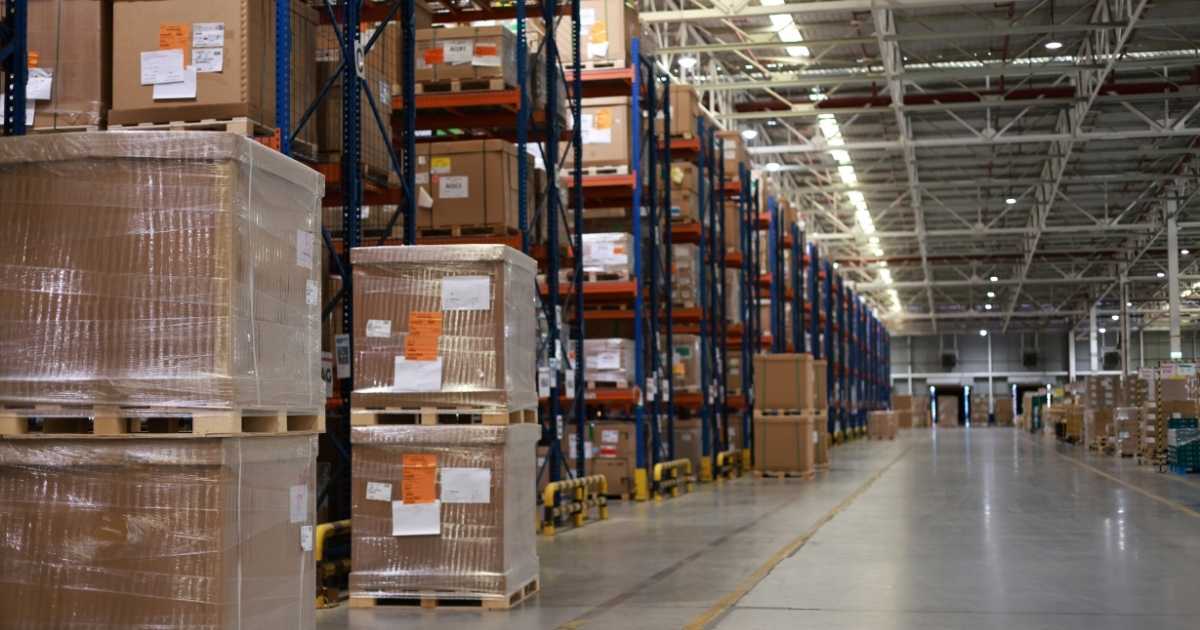
EOQ delivers measurable financial benefits that make it a critical tool for 3PL providers. In particular, inventory related costs are a key consideration for 3PLs implementing EOQ, as outdated systems can lead to higher expenses and inefficiencies. By optimizing order quantities, 3PLs can achieve:
- Lower Storage Costs: Excess inventory increases warehousing expenses, including rent, utilities, and labor. EOQ minimizes idle stock, reducing these costs. For example, a 3PL client handling 50,000 units annually could save $10,000 in storage fees by implementing EOQ, based on industry-standard holding costs of $0.20 per unit per month.
- Reduced Order Processing Costs: Frequent small orders inflate administrative overhead. EOQ optimizes order frequency, cutting processing costs by up to 20%, according to a 2024 Capterra study.
- Improved Cash Flow: Implementing EOQ helps improve cash flow by reducing the capital tied up in inventory, resulting in more liquidity for strategic investments, such as marketing or product development. A 3PL client using EOQ reported a 15% increase in available working capital, enabling a new product launch within six months.
- Enhanced Client Retention: Cost savings and operational efficiency translate to competitive pricing and reliable service, fostering long-term client relationships.
For 3PL providers, these benefits enhance profit margins and enable them to offer value-added services, such as customized packaging or expedited shipping, without compromising profitability. Ongoing inventory optimization efforts are essential to sustain these financial benefits and ensure continued business growth.
How Technology Elevates EOQ in 3PL
Modern technology has transformed EOQ from a static formula into a dynamic, data-driven tool. Inventory management software and inventory management systems are essential for automating EOQ calculations and optimizing inventory by integrating real-time data and streamlining processes. Here’s how:
- Warehouse Management Systems (WMS): WMS platforms automate inventory tracking, order fulfillment, and reporting. These systems help track inventory and track inventory levels in real time, providing visibility into stock movements and preventing stockouts or overstock situations.
- BI and Predictive Analytics: BI-powered solutions analyze historical sales, seasonality, and external factors to predict demand and optimize reorder points. Demand forecasting tools and inventory optimization software are key technologies that leverage advanced analytics to enhance EOQ, improve planning, and mitigate disruptions in the supply chain. Businesses can further benefit from automated order fulfillment solutions to optimize operations and ensure efficient, accurate delivery.
Warehouse Management Systems (WMS)
Advanced WMS platforms integrate real-time inventory data, historical sales trends, and seasonal forecasts. These systems automate EOQ calculations, recommend optimal order quantities, and trigger reorders when inventory levels reach predefined thresholds. For example, a2b's WMS reduces order processing times by automating EOQ-based replenishment for 100+ clients.
Business Intelligence and Predictive Analytics

BI-powered platforms take EOQ to the next level by analyzing complex datasets, including customer behavior, supply chain disruptions, and macroeconomic trends. For instance, during a 2024 port strike, an BI-driven 3PL adjusted EOQ parameters to account for delayed shipments, preventing stockouts for its clients. Predictive analytics also enable dynamic EOQ models that adapt to seasonal spikes or promotional campaigns, ensuring inventory aligns with demand.
Integration with ERP Systems
When EOQ tools are integrated with enterprise resource planning (ERP) software, such as NetSuite or SAP, 3PLs gain a unified view of procurement, warehousing, and finance. This integration minimizes errors, streamlines communication, and supports strategic decision-making. A 3PL client using ERP-integrated EOQ reduced inventory discrepancies by 30%, improving order accuracy and customer satisfaction.
Overcoming Challenges with EOQ in 3PL Fulfillment
While EOQ is powerful, its effectiveness depends on accurate inputs and adaptability to real-world complexities. Many businesses face supply chain challenges such as bottlenecks, misalignment with demand, and increased costs, which require effective inventory control and a robust inventory optimization process to address.
To overcome these obstacles, supply chain managers must focus on optimizing supply chain operations and continuously improving supply chain performance through strategic inventory management and technology integration.
Here are common challenges and solutions:
Challenge 1: Variable Demand and Demand Forecasting
Customer demand fluctuates due to seasonality, marketing campaigns, or market trends. For example, a toy retailer may see a 200% demand spike during the holiday season. Static EOQ models assume constant demand, which can lead to overstocking or stockouts. To address this, 3PLs use dynamic EOQ models that incorporate rolling forecasts and adjust order quantities monthly. Using dynamic EOQ models improved inventory accuracy for omnichannel retailers.
Challenge 2: Supplier Lead Times
Supply chain disruptions, such as port congestion or raw material shortages, can cause erratic lead times. Essentially, the supply chain is still vulnerable, according to McKinsey Institute. 3PLs mitigate this by collaborating with clients and suppliers for real-time lead time updates and using tracking systems to adjust EOQ inputs dynamically.
Challenge 3: Data Integrity
EOQ relies on accurate data for demand, ordering costs, and holding costs. Inaccurate inputs lead to suboptimal order quantities and increased costs. 3PLs address this by implementing automated data cleansing tools and conducting regular audits. a2b Fulfillment's robust WMS reduces data errors by 40% by integrating automated validation checks into their WMS - this is why our order accuracy is over 99.9%.
EOQ and the Rise of Omnichannel Fulfillment
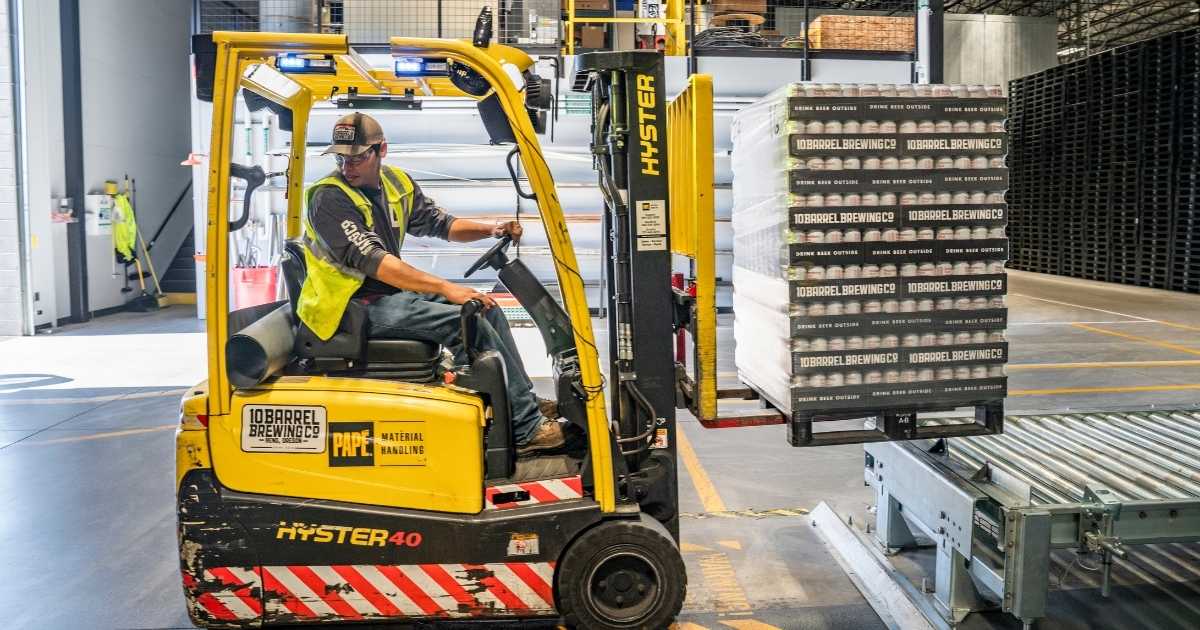
Omnichannel retail, where businesses sell through online stores, physical locations, and marketplaces like Amazon or Walmart, demands seamless inventory coordination. EOQ helps 3PLs balance stock levels across channels, preventing overstocking in one channel and stockouts in another. For example, a fashion retailer using a 3PL applied EOQ to synchronize inventory between its ecommerce platform and brick-and-mortar stores, reducing markdowns by 18% and improving turnover by 12%. Achieving this balance requires visibility across the entire supply chain, with distribution centers and each distribution center playing a crucial role in supporting omnichannel fulfillment and efficient inventory management.
In an omnichannel context, EOQ also supports cross-channel visibility. By integrating EOQ with WMS and ERP systems, 3PLs provide real-time inventory updates, enabling retailers to fulfill orders from the nearest warehouse or store, reducing shipping costs and delivery times. Incorporating multi echelon inventory optimization and robust inventory planning ensures optimized inventory across all channels, further enhancing supply chain efficiency. A 2024 Narvar report noted that 60% of consumers expect omnichannel retailers to offer flexible fulfillment options, making EOQ-driven strategies essential.
Best Practices for Implementing EOQ in a 3PL Framework
To maximize EOQ’s benefits, 3PLs should follow these best practices:
Forecast demand accurately as part of EOQ best practices to ensure optimal inventory levels and efficient supply chain operations.
- Start with Accurate Baseline Data: Validate demand forecasts, lead times, and cost data through historical analysis and supplier collaboration. Use historical data and historical sales data to improve forecasting demand, which enhances EOQ accuracy and supports better inventory planning.
- Automate Where Possible: Leverage WMS and BI tools to calculate and adjust EOQ in real-time, reducing manual errors. Use automation to determine the reorder point and reorder points by analyzing demand and lead times, ensuring timely inventory replenishment.
- Review Frequently: Conduct monthly or quarterly EOQ reviews to account for demand shifts or cost changes.
- Educate Clients: Train clients on EOQ’s benefits and how it impacts their inventory costs, fostering trust and collaboration.
- Customize EOQ per Client/Product Line: Tailor EOQ inputs to account for product-specific factors, such as perishability or seasonality. Consider safety stock requirements and determine how much safety stock to hold for each product line. This helps maintain appropriate stocking levels and supports maintaining inventory efficiently across different categories.
The Future of EOQ in the Fulfillment Industry

EOQ’s potential continues to grow. Internet of Things (IoT) sensors in warehouses provide real-time inventory tracking, feeding precise data into EOQ algorithms. Machine learning models refine EOQ over time by learning from demand patterns and supply chain disruptions. As the EOQ landscape evolves, inventory optimization techniques, inventory optimization solution, and inventory optimization solutions are increasingly integrated to further enhance efficiency and accuracy.
Blockchain technology also holds promise for EOQ by enhancing supply chain transparency. By providing immutable records of supplier lead times and costs, blockchain can improve EOQ accuracy, particularly for global supply chains. Advanced strategies such as multi echelon inventory optimization, vendor managed inventory, and close collaboration with supply chain partners are shaping the future of inventory optimization. As these technologies mature, EOQ will evolve from a cost-saving tool into a strategic differentiator for 3PLs.
Conclusion
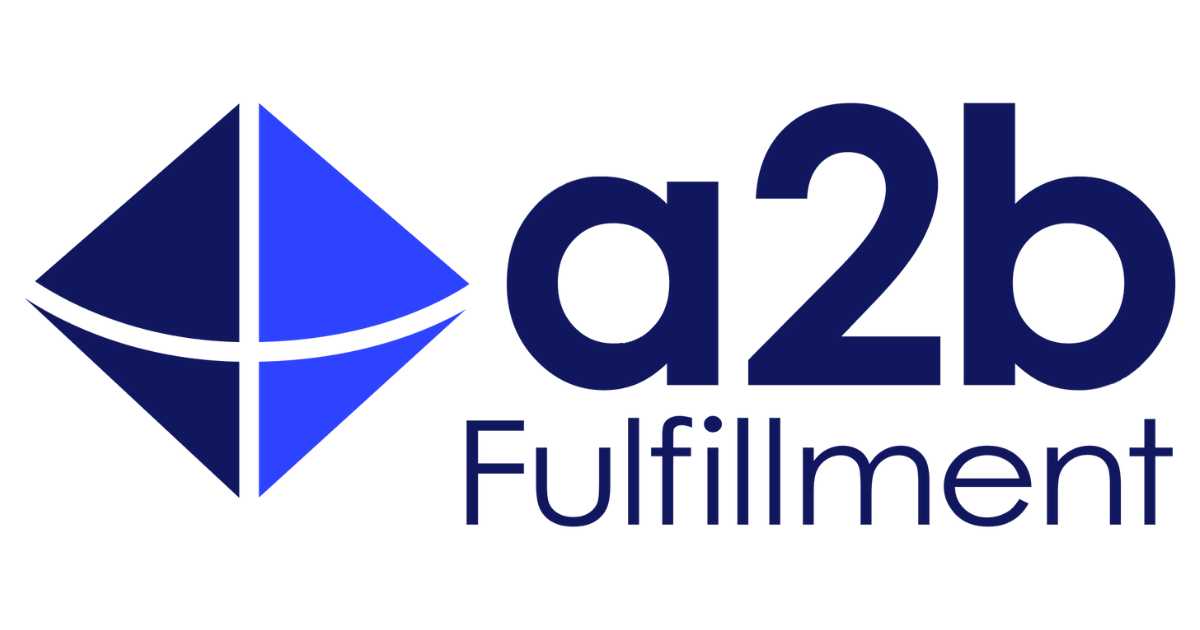
Economic Order Quantity is far more than a theoretical concept, it’s a practical, impactful tool for modern 3PL fulfillment providers. By optimizing order quantities, reducing costs, and enhancing inventory turnover, EOQ empowers 3PLs to deliver exceptional value to clients. When paired with cutting-edge technologies like WMS, AI, and IoT, EOQ becomes a dynamic solution for navigating the complexities of today’s supply chain landscape. For 3PLs aiming to thrive in a competitive, customer-driven market, embracing EOQ is not just a smart move, it’s a strategic imperative. EOQ and inventory optimization play a crucial role in supporting business growth by streamlining the production process, improving inventory replenishment, and ensuring companies can meet demand, meet customer demand, and meet customer demands efficiently.
These strategies help optimize inventory, provide valuable tools for inventory managers, and ultimately boost customer satisfaction, resulting in higher customer satisfaction and better alignment with evolving customer demands.
For more information on best practices and strategies, contact a2b Fulfillment.



